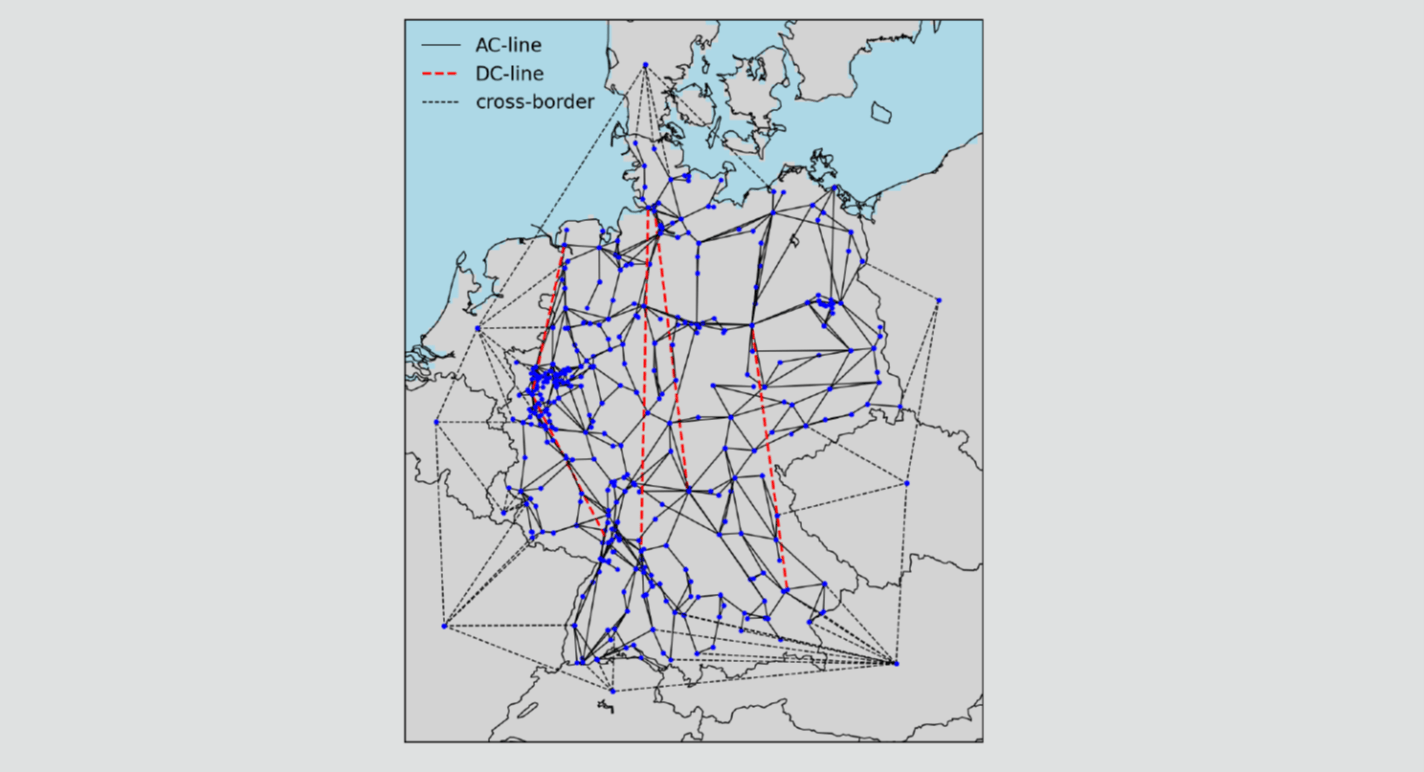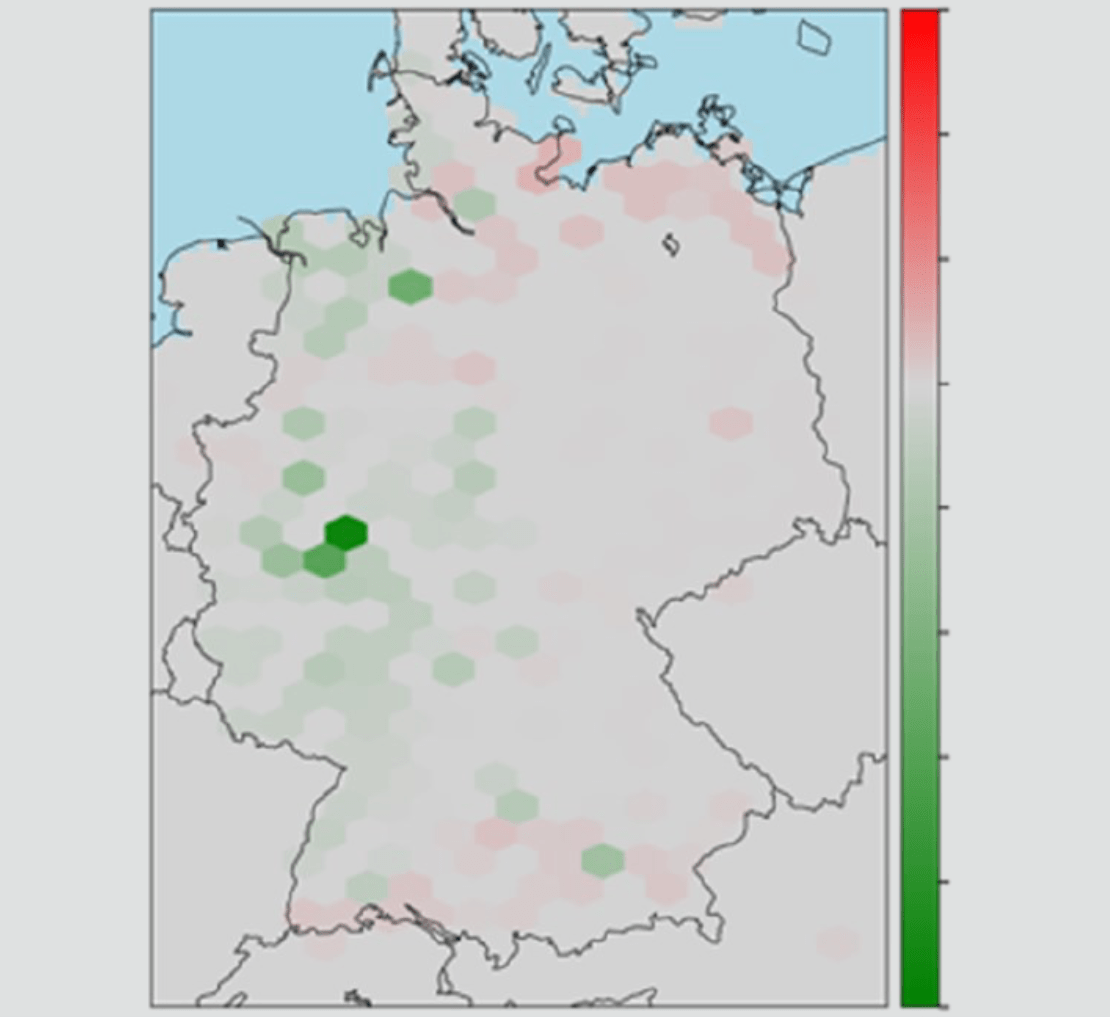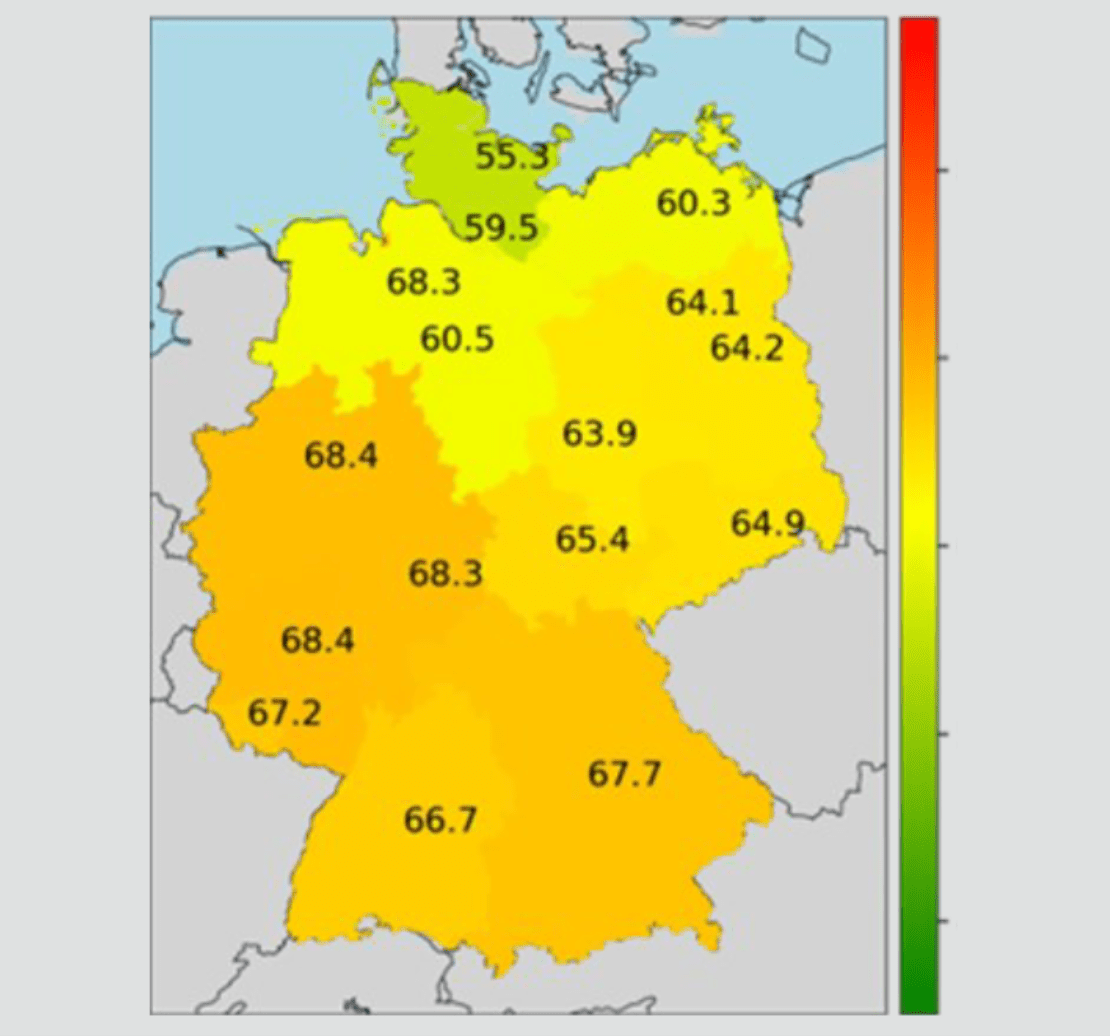SPIDER is short for „Spatial Planning and Investments of Distributed Energy Resources“. It is based on the established EWI model DIMENSION and enables us to consider grid restrictions within dispatch and investment modeling. This model is based on a high-resolution DC load flow calculation of the German transmission network (220 and 380 kV), as well as on the node-sharp data of electricity demand for ge-neration capacities and for renewable energy availability.

Results of the model contain node- or zone-sharp prices, generation and trading quantities on the one hand, and efficient node-sharp investments in conventional and renewable power plants on the other hand. Beyond that, the influence on future redispatch demand can be determined.

SPIDER allows to quantitatively analyze the effect of differing bidding zone cuts on resulting prices, generation and trading quantities, as well as in-vestments in power plants. The detailed and real depiction of the German transmission network enables to examine the occurrence of bottleneck situations and price differences between bidding zones.

With the consideration of grid restrictions and the help of SPIDER, the influence of existing, additio-nal or delayed grid expansion projects on the de-velopment of the power system until 2030 and thereafter can be examined.
The high-resolution picture of the transmission network within SPIDER facilitates the calculation of so-called nodal prices, thus the local marginal costs of electricity generation. From these nodal prices, we can derive statements about the syste-mic value of new investments in generator, con-sumer, storage and grid assets.